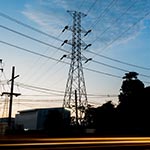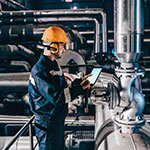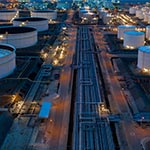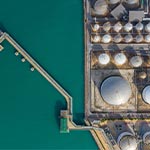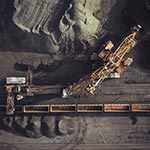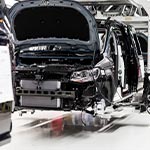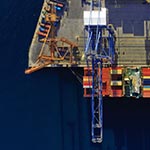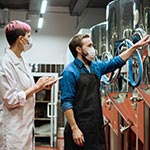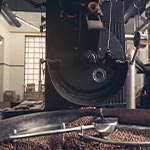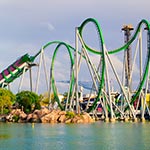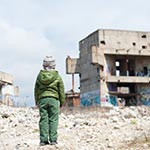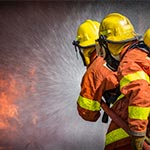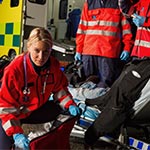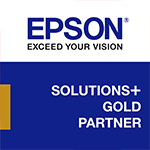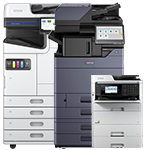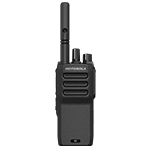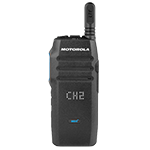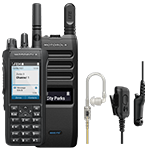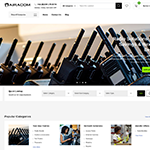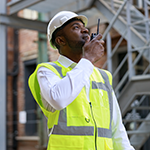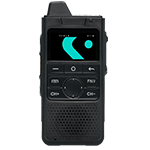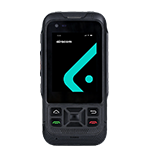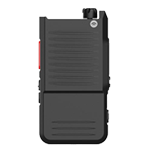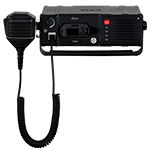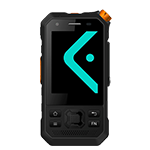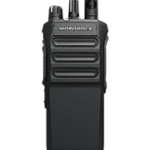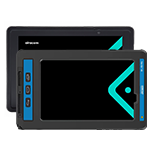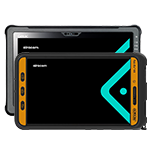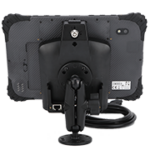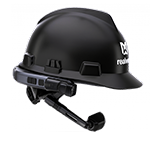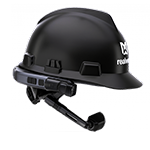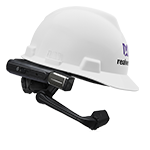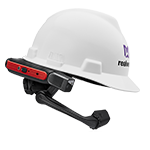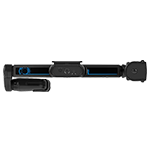INMETRO Certified
INMETRO certification for hazardous areas in Brazil
INMETRO stands for National Institute of Metrology, Quality, and Technology and is a Brazilian agency responsible for implementing and enforcing technical regulations related to product safety, quality, and metrology.
INMETRO was created in 1973 and operates under the Ministry of Economy in Brazil with the main objective of promoting the competitiveness of Brazilian industries by ensuring the safety and quality of products through testing, certification, and inspection. The agency develops technical regulations, known as “regulatory acts,” for a wide range of products, including electrical and electronic equipment, toys, automotive parts, and medical devices.
INMETRO also operates a certification system, known as the “Brazilian Conformity Assessment Program” (Programa de Avaliação da Conformidade – PAC), which requires manufacturers to obtain certification for their products before they can be sold in Brazil. The certification process involves testing and evaluation of the product to ensure compliance with the relevant technical regulations and safety standards.
What is the INMETRO system objective?
The INMETRO system’s objective for hazardous areas is to ensure that the electrical and electronic equipment used in potentially explosive atmospheres within Brazil is safe and reliable. This is achieved through the implementation of technical regulations, the development of certification and inspection programs, and the promotion of metrology and quality control. By ensuring compliance with relevant safety standards and technical regulations, INMETRO aims to reduce the risk of accidents and incidents in hazardous areas and promote the safety of workers and assets.
Ensure that intrinsically safe mobile devices in hazardous areas meet relevant technical regulations and safety standards.
Reduce the risk of accidents and incidents in hazardous areas by promoting the use of safe and reliable electronic devices.
Provide certification and testing services for manufacturers of intrinsically safe mobile devices to ensure compliance with INMETRO regulations.
Promote innovation and competitiveness in Brazil by providing a framework for technical regulations and certification.
Assure users and regulatory authorities that certified equipment and services meet necessary international safety standards for use in explosive atmospheres
Give confidence to end-users that hazardous area mobile devices and electronic equipment used in explosive atmospheres have been fully tested and conform to stringent safety and reliability tests.
Where are INMETRO protective systems and equipment used?
INMETRO hazardous area devices are used in a wide range of industries and applications in Brazil where there is a risk of explosion or fire due to the presence of flammable gases, vapours, liquids, or dusts. Some of the main industries where INMETRO hazardous area devices are used include:
Oil and gas exploration and production facilities
Chemical and petrochemical plants
Pharmaceutical and biotech manufacturing facilities
Food and beverage processing plants
Transportation and storage of hazardous materials
Understanding hazardous areas
Hazardous area classification for INMETRO in Brazil
The INMETRO classification system determines hazardous area locations based on the presence and concentration of flammable gases, vapours, liquids, or dusts in the atmosphere over a duration of time. Similar to the division and zone classification systems used in North America and Europe. However, INMETRO distinguishes divisions based on the type of explosive atmosphere (gas or dust) and the likelihood of a hazardous atmosphere being present. And zones based on the likelihood and duration of an explosive atmosphere.
Gases
Zones
Gas groups are divided into subgroups based on the minimum ignition current and maximum experimental safety gap.
Zone 0
Where an explosive atmosphere is continuously present or present for long periods.
Zone 1
Where an explosive atmosphere is likely to occur in normal operation.
Zone 2
an area in which an explosive mixture is not likely to occur in normal operation and if it occurs it will exist only for a short time.
Dusts
Zones
Explosive dust atmospheres consist of a mixture of the air with flammable substances in the form of dust or fibres.
Zone 20
An area in which an explosive mixture is continuously present or present for long periods.
Zone 21
An area in which an explosive mixture is likely to occur in normal operation
Zone 22
An area in which an explosive mixture is not likely to occur in normal operation and if it occurs it will exist only for a short time.
Divisions
Atmosphere Type
Divisions are based on the type of explosive atmosphere (gas or dust) and the likelihood of the atmosphere being present.
Division 1
Atmospheres where explosive substances are present under normal operating conditions or may be present due to abnormal conditions or equipment failure.
Division 2
Atmospheres where explosive substances are not likely to present under normal operating conditions but may be present due to abnormal conditions or equipment failure.
Division 3
Atmospheres where explosive substances are unlikely to be present under normal operating conditions or abnormal conditions or equipment failure.
Ensuring safety in hazardous areas and understanding Brazilian legislation on intrinsically safe devices
Brazil has a strong regulatory framework in place to ensure the safety of electrical and electronic equipment used in hazardous areas. The National Institute of Metrology, Quality and Technology (INMETRO) is responsible for implementing and enforcing technical regulations related to product safety, quality, and metrology in Brazil, including the certification of equipment designed for use in potentially explosive atmospheres.
In Brazil, the use of electrical and electronic equipment in hazardous areas such as hazardous area tablets and explosion-proof smartphones is regulated by several technical regulations, including Ordinance 179/2010, Ordinance 179/2011, and Ordinance 188/2014. These regulations establish the technical requirements and certification procedures for intrinsically safe devices in hazardous areas.
To ensure compliance with INMETRO regulations, manufacturers of equipment intended for use in hazardous areas must obtain certification through the Brazilian Conformity Assessment Program (PAC). The certification process involves testing and evaluation of the equipment to ensure it meets the relevant technical regulations and safety standards.
Enforcement of these regulations is taken seriously in Brazil, and failure to comply with INMETRO regulations can result in serious consequences. Companies that do not comply with INMETRO regulations can face fines, legal action, and even criminal charges. Non-compliance can also result in accidents or incidents in hazardous areas, which can lead to injuries, loss of life, and damage to property and assets affecting operations and brand reputation.
What types of enterprise mobile devices and equipment used within the hazardous area require an INMETRO certificate?
With the advent of smart digital technologies, services and IoT and M2M services, there is a wide range of equipment used by oil and gas, petrochemical, chemical and big pharma within Brazil, which requires both equipment and devices to meet INMETRO regulations to ensure the safety of workers and assets operating in the hazardous area. Some of the main types of devices are as follows, however not limited to:
Intrinsically safe smartphones
Barcode Scanners
RFID Readers
Mobile Printers
Thermal Imaging Cameras
Gas Detection Devices
Temperature Sensors
Humidity Sensors
Pressure Sensors
Flow Sensors
Level Sensors
Position Sensors
Intrinsically Safe CCTV Systems
Intrinsically Safe Cameras
Industrial Communications Devices
Why does Brazil adopt its own INMETRO standard and not standardise on either the North American CSA or global IECEx certification?
INMETRO is the agency responsible for implementing and enforcing technical regulations related to product safety, quality, and metrology in Brazil. While Brazil could have chosen to adopt a globally recognised certification standard like IECEx or CSA, the decision to create its own certification system was likely influenced by several major factors, including:
Legal Requirements: Brazil has specific legal requirements related to product safety and certification that may differ from those in other countries. Creating its own certification system allows Brazil to tailor its requirements to its specific needs and market without being influenced by a third party.
Market Demand: There is a significant demand in Brazil for intrinsically safe devices and equipment used in hazardous areas. By creating its own certification system, Brazil can ensure that the equipment used in its own market meets its specific safety and quality requirements.
Economic Benefits: Creating its own certification system may have economic benefits for Brazil, such as the creation of jobs and investment in local industries.
How are INMETRO certifications awarded to device manufacturers for equipment used in hazardous areas?
To obtain INMETRO certification for devices designed for hazardous areas, manufacturers must go through a rigorous certification process that includes the following steps:
Application: The intrinsically safe device manufacturer must submit an application for certification to an accredited certification body in Brazil.
Type Testing: The device must undergo extensive testing to ensure compliance with the technical regulations and safety standards established by INMETRO. The testing is conducted by a laboratory accredited by INMETRO.
Factory Inspection: The certification body will conduct an inspection of the manufacturer’s production facilities to ensure that the manufacturing process is consistent with the technical regulations and safety standards.
Insurance Certification: If the device successfully passes the type testing and factory inspection, the certification body will issue an INMETRO certificate of conformity. This certificate is valid for a specified period and must be renewed periodically.
Global Certifications
Global certification schemes for electronic equipment designed for use across hazardous areas
Mobile devices and communications equipment reliably tested and certified for safe operation across major industries around the world. Each industry requires focused expertise to ensure product certification that adheres to strict national and international standards.

ATEX Certified.
The European standard for the safe use of equipment where there is potential for an explosive atmosphere present.

IECEx Certified.
The internationally accepted standard by organisations for the safe use of equipment within hazardous areas.
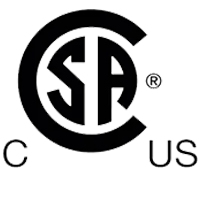
CSA Certified.
The Canadian standard is widely adopted by companies in North America and meets North American Standards.

EAC Ex Certified.
Is the Eurasian Conformity certification for organisations operating within the EAEU, including Russia.

KCs Certified.
The Korean Occupational Safety and Health Agency. KOSHA. Required for all hazardous area safety equipment.

JNIOSH Certified.
The Japanese standard and certification from the National Institute of Occupational Safety and Health.

SANS Certified.
SANS is the South African National Accreditation System which governs the use of hazardous area devices.

